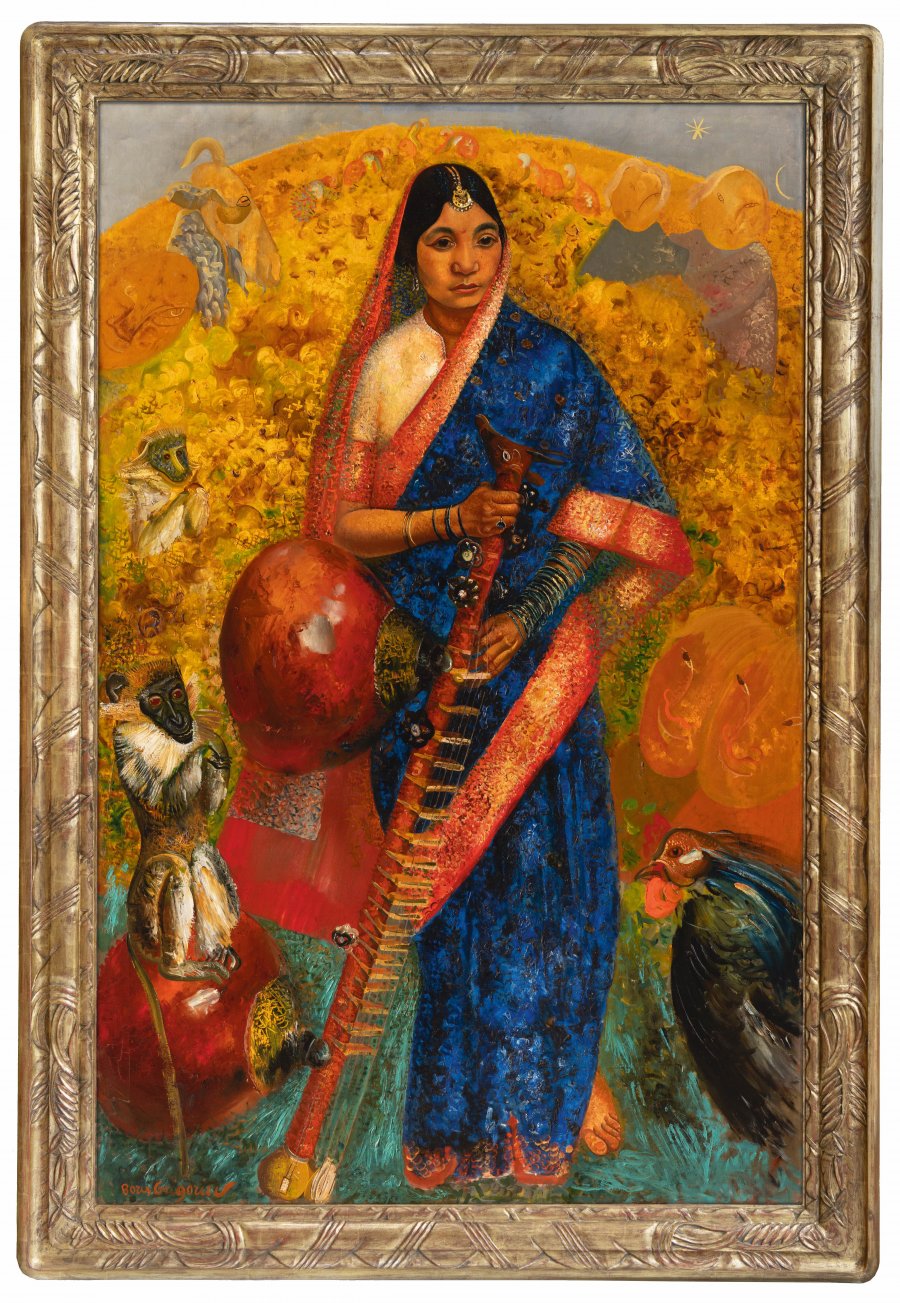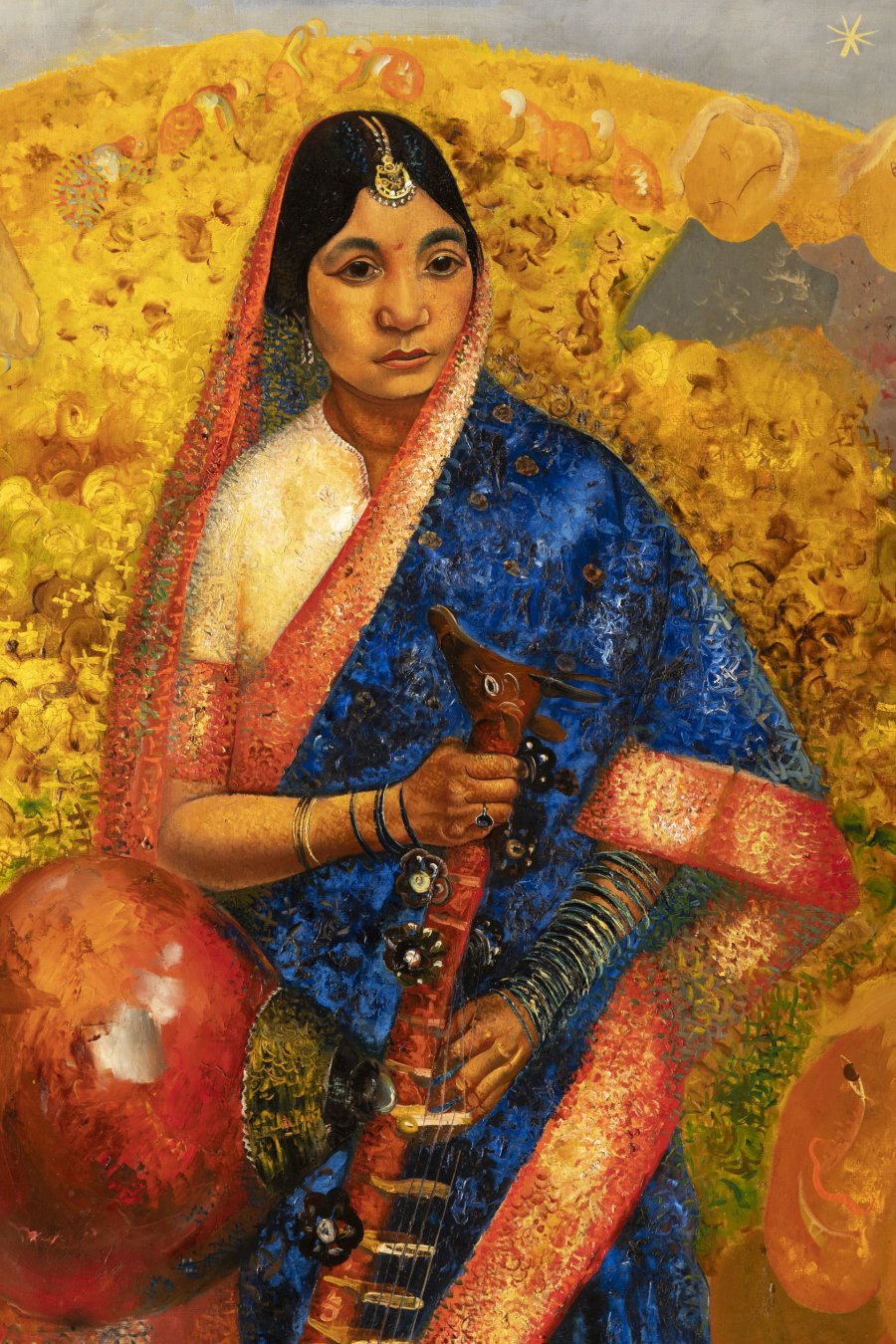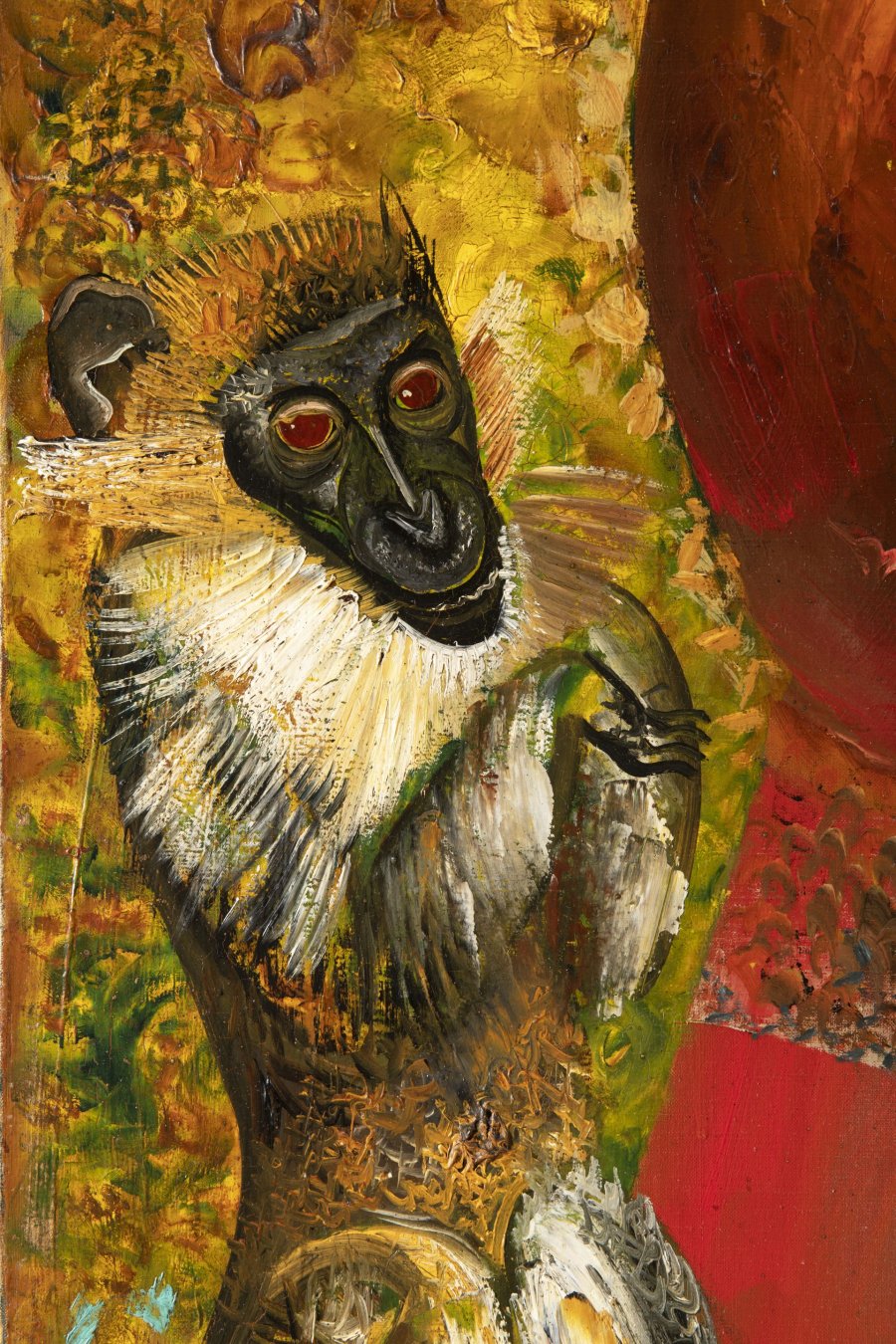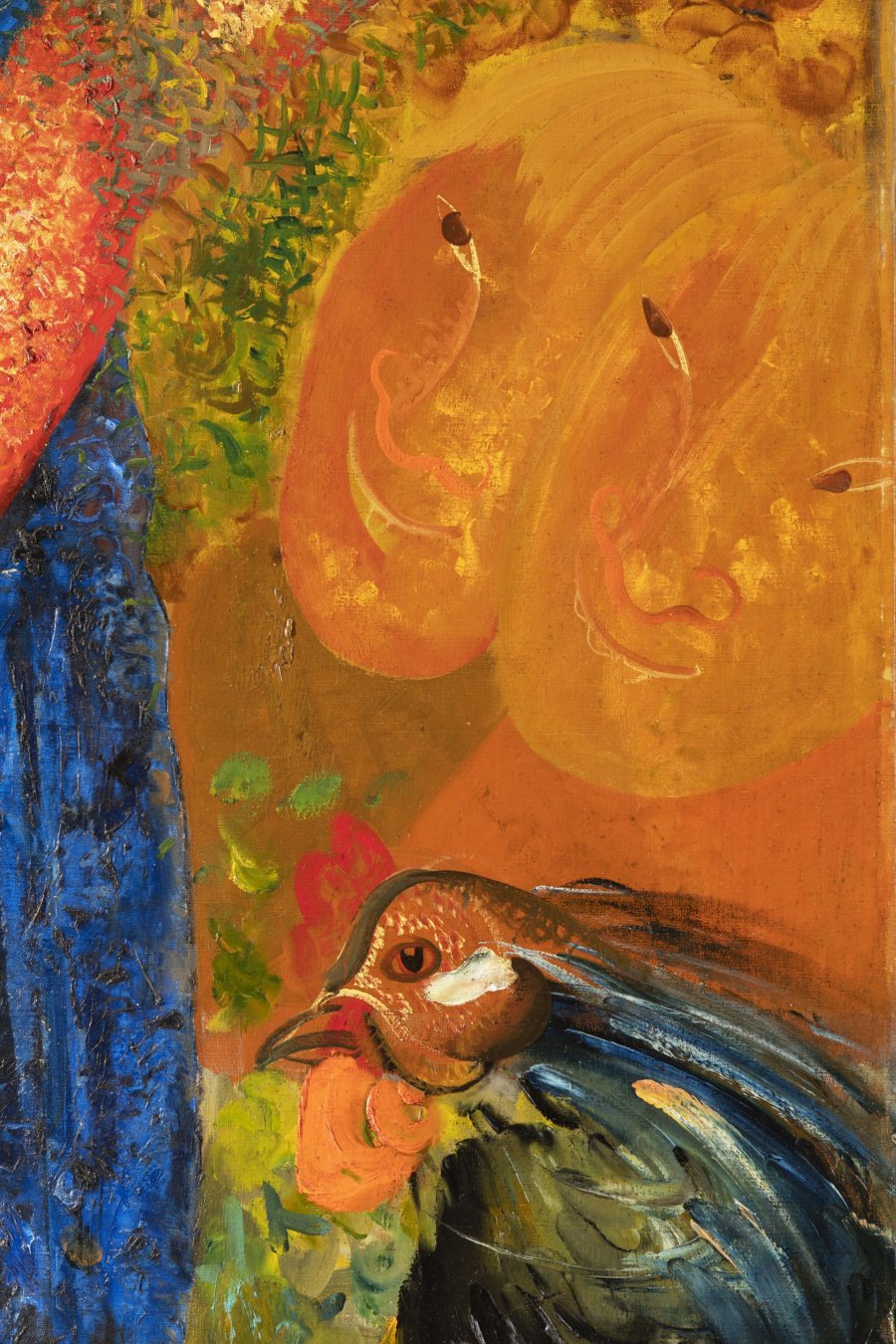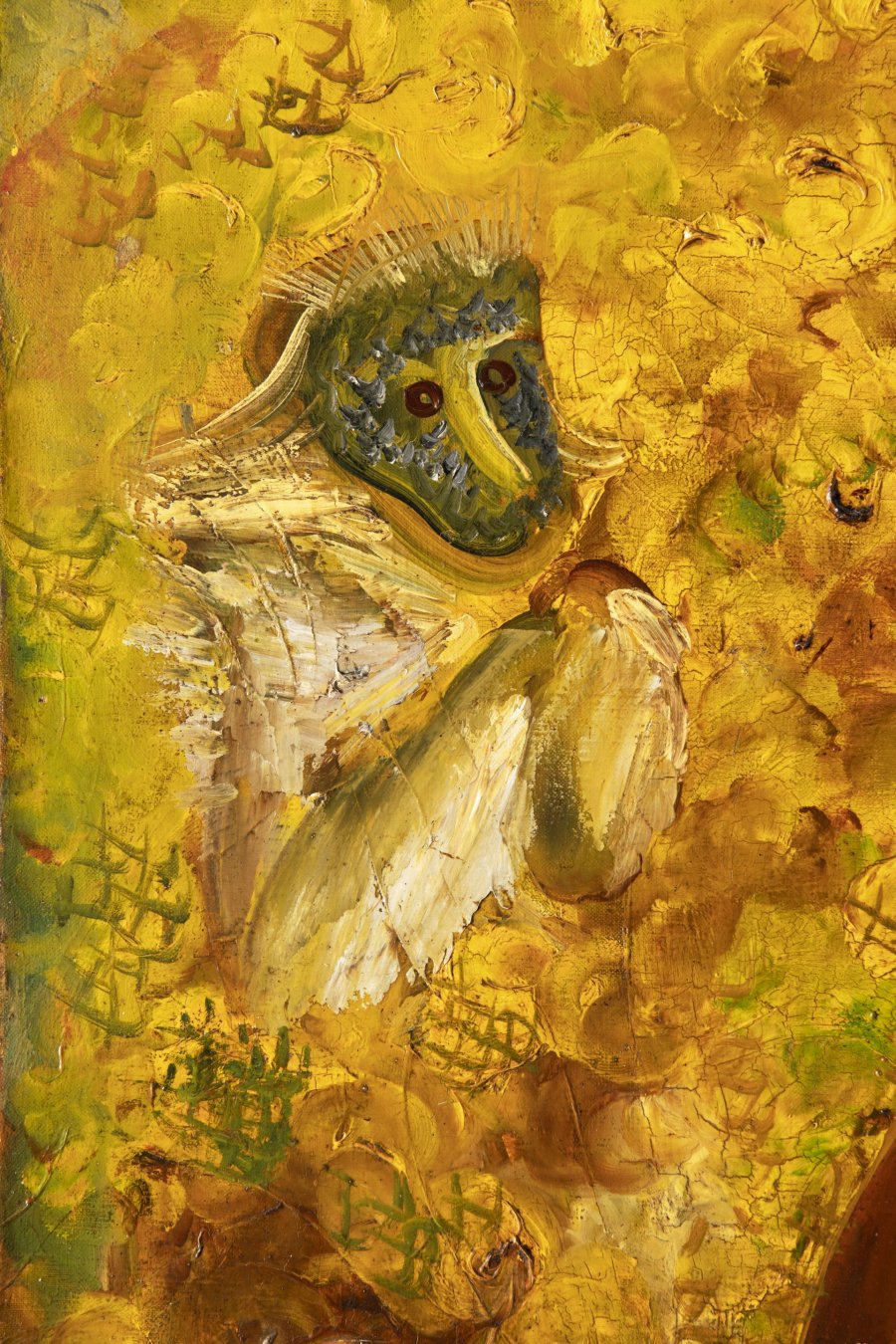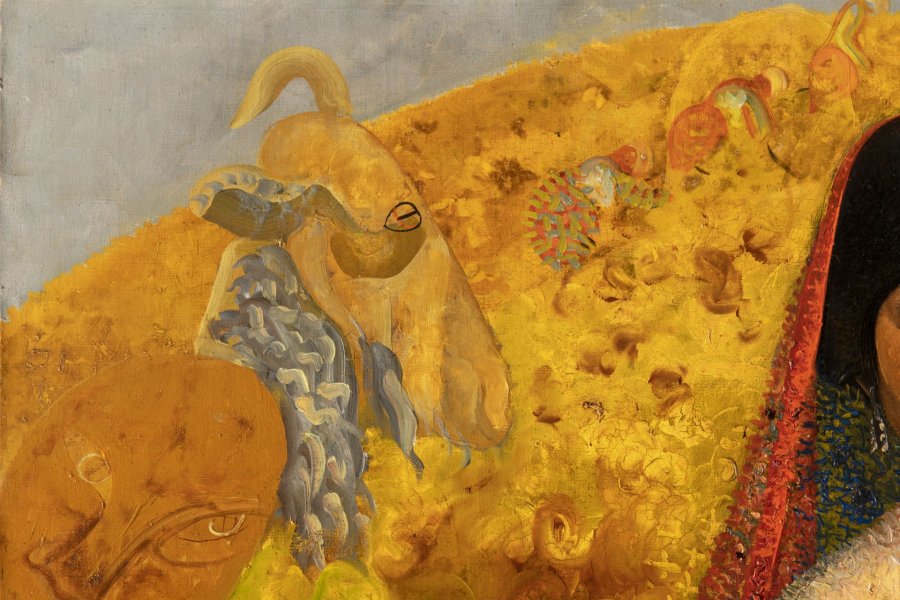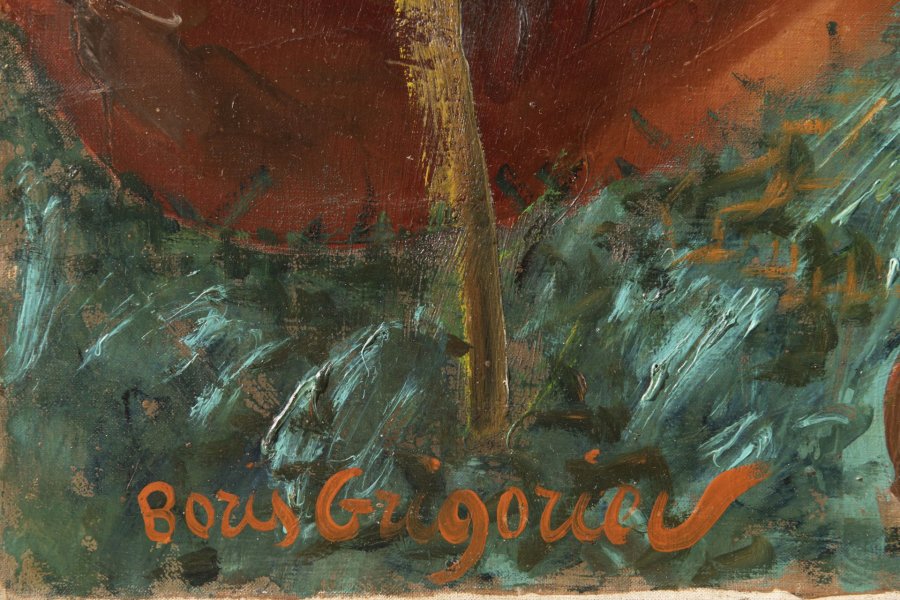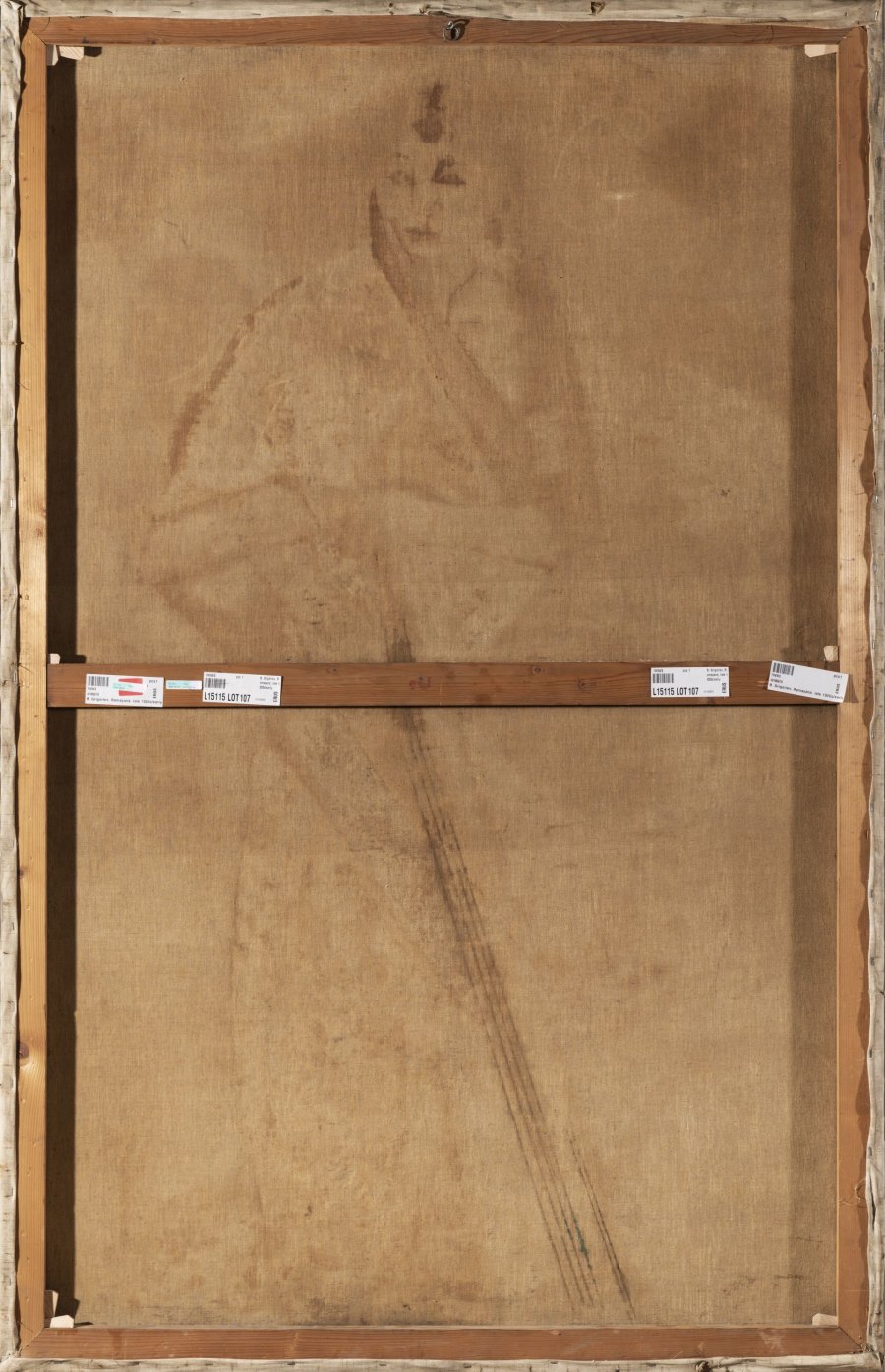Lot 80
RAMAYANA
180 x 115,5 cm (h x w)
| 352 941 €
| 549 020 €
Oil on canvas. Signed lower left in Latin letters: “Boris Grigoriev”. The exotic theme in this painting is atypical in Boris Grigoriev’s oeuvre; in fact, the painter had never been to India. The inspiration likely came from his friend Nicholas Roerich, a fellow member of the Mir Iskusstva art movement who had traveled through India and was an admirer of Indian culture. As the title implies, the painting is based on the ancient Indian epic poem Ramayana and portrays the main female protagonist, Situ, the wife of the main character Rama. Grigoriev, who is primarily known as a figure artist and portrait painter, depicts the full figure of Situ in traditional Indian attire playing the veena. The composition is rounded out with symbolic wildlife (monkeys, a cow), with additional figures of farmers in the background and two heads with Asian features to the side. The painting style corresponds to Grigoriev’s frequent modus operandi: the face is carefully detailed, the power of her expression focused in her penetrating, distinctive eyes; the rest of the figure is more freestyle and the remainder of the composition is merely indicated, on the margins of readability. The foundations of this method can be found in Russian icon painting as well as in the New Objectivity art movement. The painting was dedicated to Ghandi and was first shown in Prague at the “Skify” art group exhibition in 1932. However, it seems the dedication was only symbolic, because the artist tried to sell the work in Prague immediately following the exhibition. The sale never materialized and the painting remained in storage at the offices of the German-language newspaper Prager Presse. The painting was transferred to private ownership only much later, in 1947 – long after the artist’s death. Boris Grigoriev is one of the most important figures in early 20th century Russian painting. He studied at the Stroganov Art School and the Imperial Academy of Arts in Saint Petersburg. In 1913 he continued his art studies in Paris. He returned to Russia, but after the October Revolution he emigrated with his family, traveling via Finland to Berlin before moving on to Paris. He settled in Cagnes-sur-Mer, where he became a popular portrait painter. He exhibited extensively and taught art in Chile, New York, and at his own private school in France. He made his Prague debut with a solo exhibition at the Manes in 1926. Boris Grigoriev’s works can be found in the collections of many museums throughout Russia and the West. One of his most well-known works, a monumental painting on a folding screen titled “Faces of the World” (1920–1931), which was exhibited with Ramayana in Prague in 1932 and was originally dedicated to the League of Nations, is now in the collections of the National Gallery in Prague. Expert assessment by PhDr. Anna Janištinová. Exhibited at: French Institute in Prague, Exhibition of Slavic Artists (“Skify”), 13 Mar–10 April 1932. Ref.: Catalogue of the Group of Slavic Artists exhibition in Prague, 1932, cat. no. 12. Hauser, J., Eurasijstvi a skupina Skify 1930-1933 [Eurasianism and the “Skify” group, 1930–1933]. Thesis. Prague, Charles University Faculty of Arts, Institute of Art History, 2009. pp. 41–47. Hauser, J., “Jsme Skythove, jsme Asiate my ...” Eurasijstvi a umeni mezivalecne emigrace ze Sovetskeho svazu [“We’re Scythians, We’re Asians, We ... ” – Eurasianism and the Art of Interwar Emigrés from the Soviet Union]. Sergej Mako a skupina Skify [: Sergei Mako and the Skify Group]. In: Umění/Art LVII (2009)/2, pp. 172–184. Galeeva, T., Kostina, D., Russian Emigré Artists Boris Grigoriev a Grigory Musatov and 1920s–1930s Prague: Between “Russian Exoticism” and Western Modernism. In: Centropa 2013, pp. 227-234. Provenance: Private collection in Bohemia, acquired in 1947. Auctioned: Sotheby’s London, 2015.
More works from auction
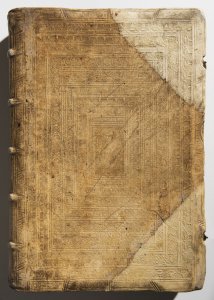
Lot 1 LIBER CHRONICARUM
Starting price650 000 CZK | 25 490 €
Price realized
650 000 CZK | 25 490 €
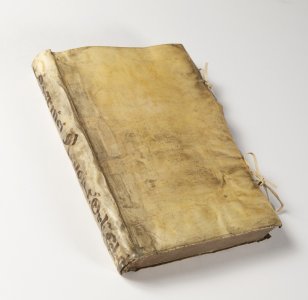
Lot 2 DE REVOLUTIONIBUS ORBIUM COELESTIUM
Starting price1 900 000 CZK | 74 510 €
Price realized
2 000 000 CZK | 78 431 €
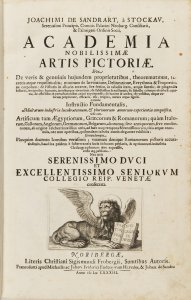
Lot 3 ACADEMIA NOBILISSIMAE ARTIS PICTORIAE
Starting price40 000 CZK | 1 569 €
Price realized
41 000 CZK | 1 608 €
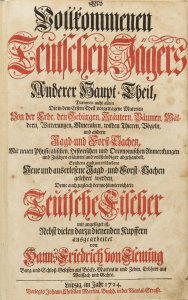
Lot 4 DES VOLLKOMMENEN TEUTSCHEN JÄGERS ANDERER HAUPT-THEIL
Starting price38 000 CZK | 1 490 €
Price realized
10 000 CZK | 392 €
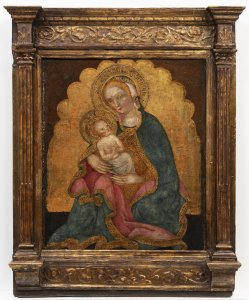
Lot 5 MADONNA WITH THE CHRIST CHILD
Starting price500 000 CZK | 19 608 €
Price realized
500 000 CZK | 19 608 €
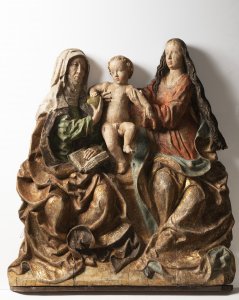
Lot 6 THE VIRGIN AND CHILD WITH ST. ANNE
Starting price350 000 CZK | 13 725 €
Price realized
350 000 CZK | 13 725 €
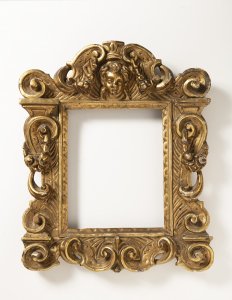
Lot 7 ITALIAN RENAISSANCE FRAME
Starting price55 000 CZK | 2 157 €
Price realized
65 000 CZK | 2 549 €
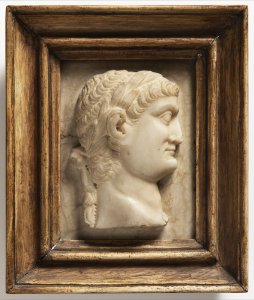
Lot 8 TWO RELIEF PORTRAITS OF ROMAN EMPERORS
Starting price45 000 CZK | 1 765 €
Price realized
45 000 CZK | 1 765 €
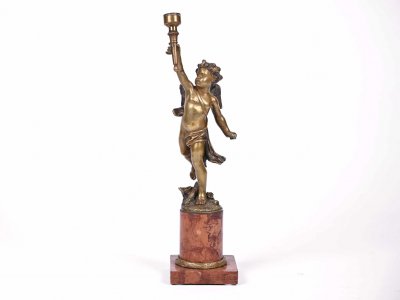
Lot 9 VENUS HONORED BY NYMPHS AND A FAUN
Starting price280 000 CZK | 10 980 €
Price realized
23 225 CZK | 911 €
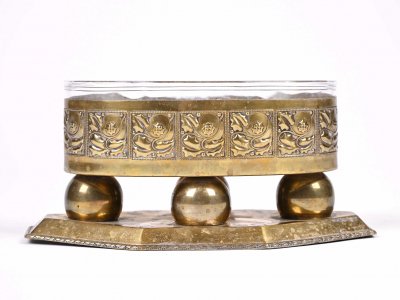
Lot 10 SAINT AGNES OF ROME
Starting price200 000 CZK | 7 843 €
Price realized
3 466 CZK | 136 €
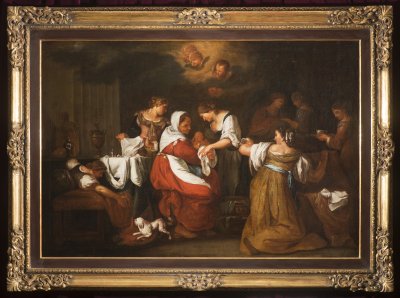
Lot 11 THE BIRTH OF THE VIRGIN
Starting price800 000 CZK | 31 373 €
Price realized
950 000 CZK | 37 255 €
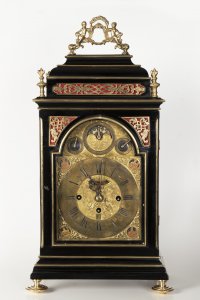
Lot 12 A BAROQUE TABLE CLOCK
Starting price100 000 CZK | 3 922 €
Price realized
100 000 CZK | 3 922 €

